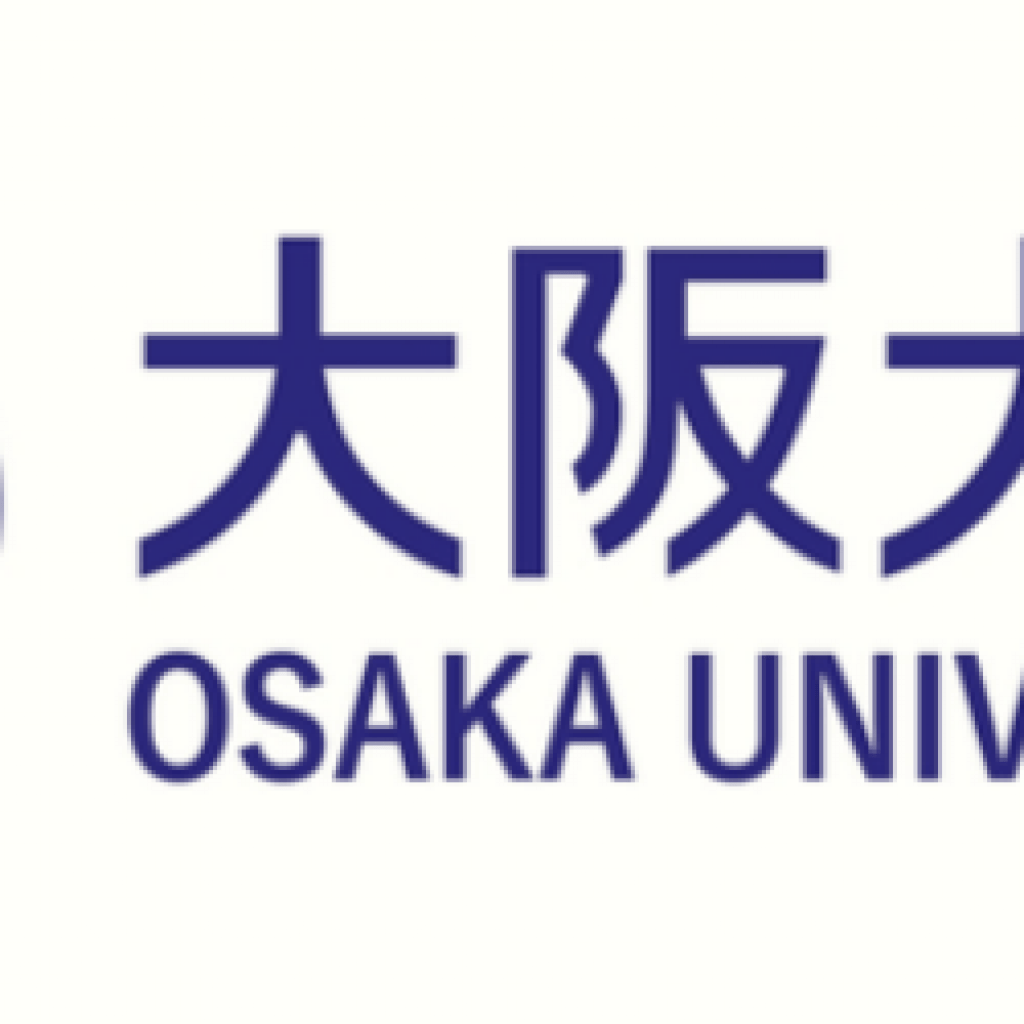(Unite.AI) Researchers at Osaka University, along with collaborating partners, have fabricated a nanoantenna that can have big implications for ultra-secure, long-distance communicatio
The team substantially enhanced photon-to-electron conversion through a metal nanostructure, which will advance the development of technologies for sharing and processing data.
One of the impressive results of this study is that the team was able to enhance photon absorption by a factor of up to 9 when compared to not using the nanoantenna. Most of the photogenerated electrons were not trapped when a single quantum dot was illuminated. Instead, they accumulated in impurities or other locations in the device.
The excess electrons gave a minimal voltage readout that could be distinguished from the one generated by the quantum dot electrons. All of this means the device’s intended readout wasn’t disrupted.
Akira Oiwa is senior author of the research.
“Theoretical simulations indicate that we can improve the photon absorption by up to a factor of 25,” Oiwa says.” Improving the alignment of the light source and more precisely fabricating the nanoantenna are ongoing research directions in our group.”
This new research provides well-established nanophotonics to advance quantum communication and information networks. It could lead to new types of quantum technologies with potential applications in information security and data processing.
Osaka U researchers develop nanoantenna to enable advanced quantum communication and data storage
